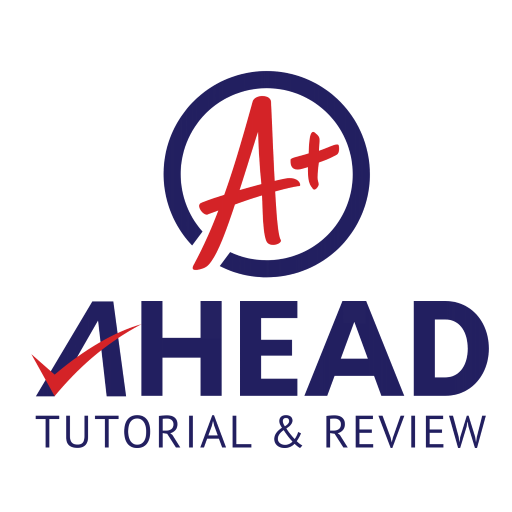Punctuation marks are the lifeblood of a composition. Like traffic lights at a busy intersection, they make us pause, move a bit, grind to a full stop, and do other things to bring us safely to our destination. AHEAD Interactive gives a simple guide to punctuation marks.
Period
- A period stands for a full stop in a sentence.
Example: John is happy today.
- It is also used for abbreviations of words.
Example: corp. (corporation), tel. no. (telephone number), etc. (etcetera), and others.
Comma
- A comma breaks separate ideas or parts of the sentence, so that thoughts may be better understood. Use a comma in between items in a series or list.
Example: reading, writing, and arithmetic
- Use a comma between three or more adjectives or adverbs.
Example: Her hair is long, shiny, and black.
- Commas take the place of the word “and” in between two adjectives. Example: A short, simple thank you is enough.
- Commas are used for numbers over 999.
Example: 2,000
- Use a comma for addresses, dates, and titles after a name.
Examples:
22 Xavierville St., White Plains, Quezon City, Philippines
November 9, 1990
Fred Cruz, English professor
- Use a comma before or after a direct quote.
Example: He said, “I shall return.”
- Commas are used before a coordinating conjunction (for, and, nor, but, or, yet, so) to join two independent clauses.
Example: She wanted to join the fun run, but it was too hot.
- Use commas for parenthetical elements, or parts of a sentence that can be deleted without changing its meaning.
Example: Mike, her former boyfriend, is now in the States.
- Use a comma after an introductory element. It is optional if the introductory element is short and simple.
Example: As the exam date drew near, he realized that he still had a lot of lessons to review.
- An adverbial clause at the beginning of a sentence needs a comma
Example: If she finishes college, her dad will give her a new car.
Hyphen
- Not to be confused with a dash, the hyphen is a very short horizontal line placed in between words. It is used in compound adjectives before nouns.
Example: a well-bred girl.
- Hyphens are used with certain prefixes.
Example: pro- (pro-life), anti- (anti-littering), all- (all-encompassing), ex- (ex-president)
- A prefix that comes before a capitalized word needs hyphen.
Example: pro-Aquino
- Use a hyphen for writing fractions.
Example: one-third
- A hyphen shows that a word has been broken at the end of a line.
- Use a hyphen for “suspended compounds.” When there are similar compounds put together, repeating the last part of the compound is not necessary.
Example: There are many first- and second-grade pupils in the playground.
Dash
- A dash is a horizontal line that shows a pause or break in meaning. A dash is often used informally instead of a comma, a colon, or brackets. A dash (-) is longer than a hyphen (-).
- Use a dash to show a pause or break in meaning in the middle of a sentence.
Example: Her friends-Tanya and Carmela- instantly forgave her.
- Use a dash to show an afterthought.
Example: Those words were supposed to be his parting shot-or so he thought.
- A dash can introduce a list.
Example: There were many good finds at the garage sale-toys, chairs, clothes, and linens.
- Use a dash to show missing letters or words:
Example: The actress who fumbled her lines is C —-a .
Question Mark
- The main function of a question mark is to indicate a query.
Example: What did you have for breakfast?
